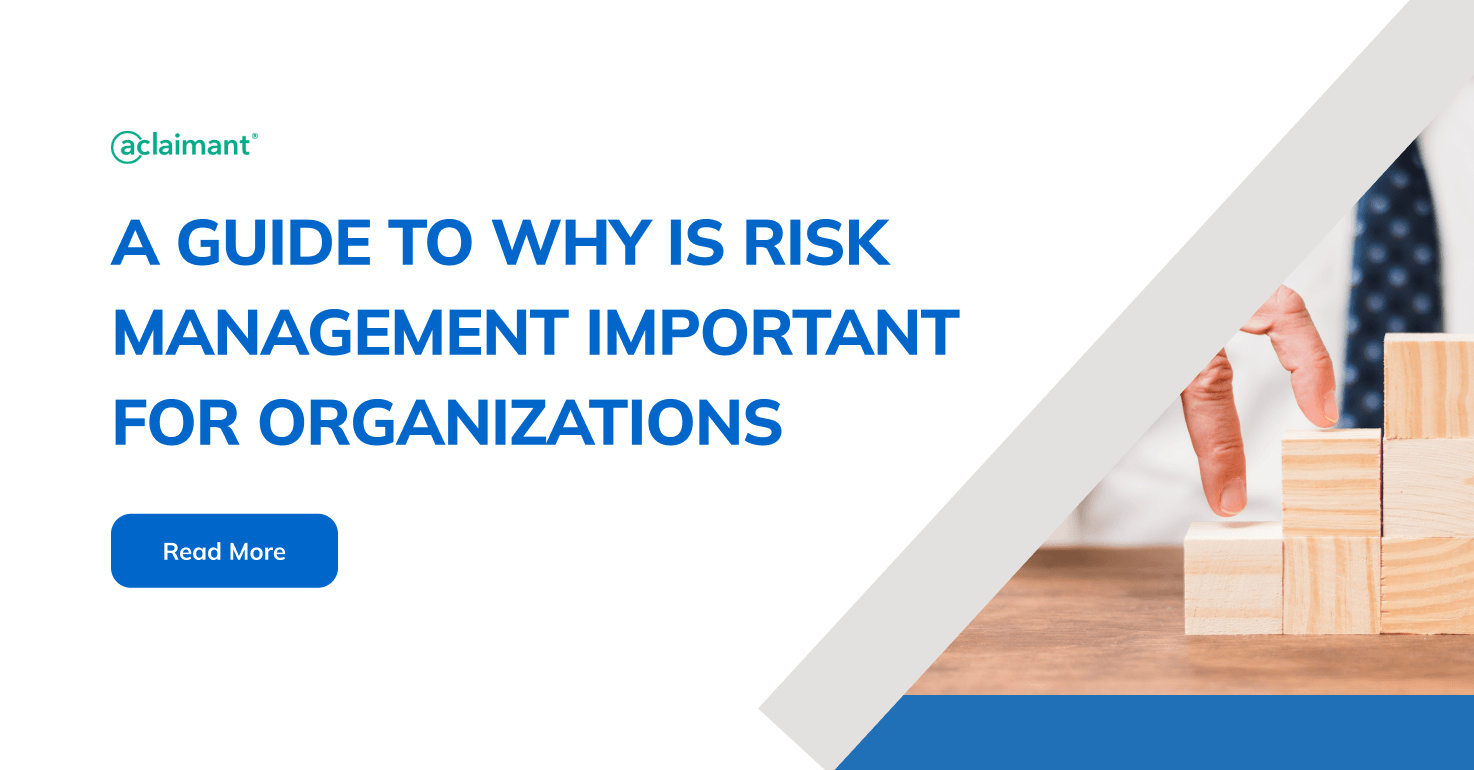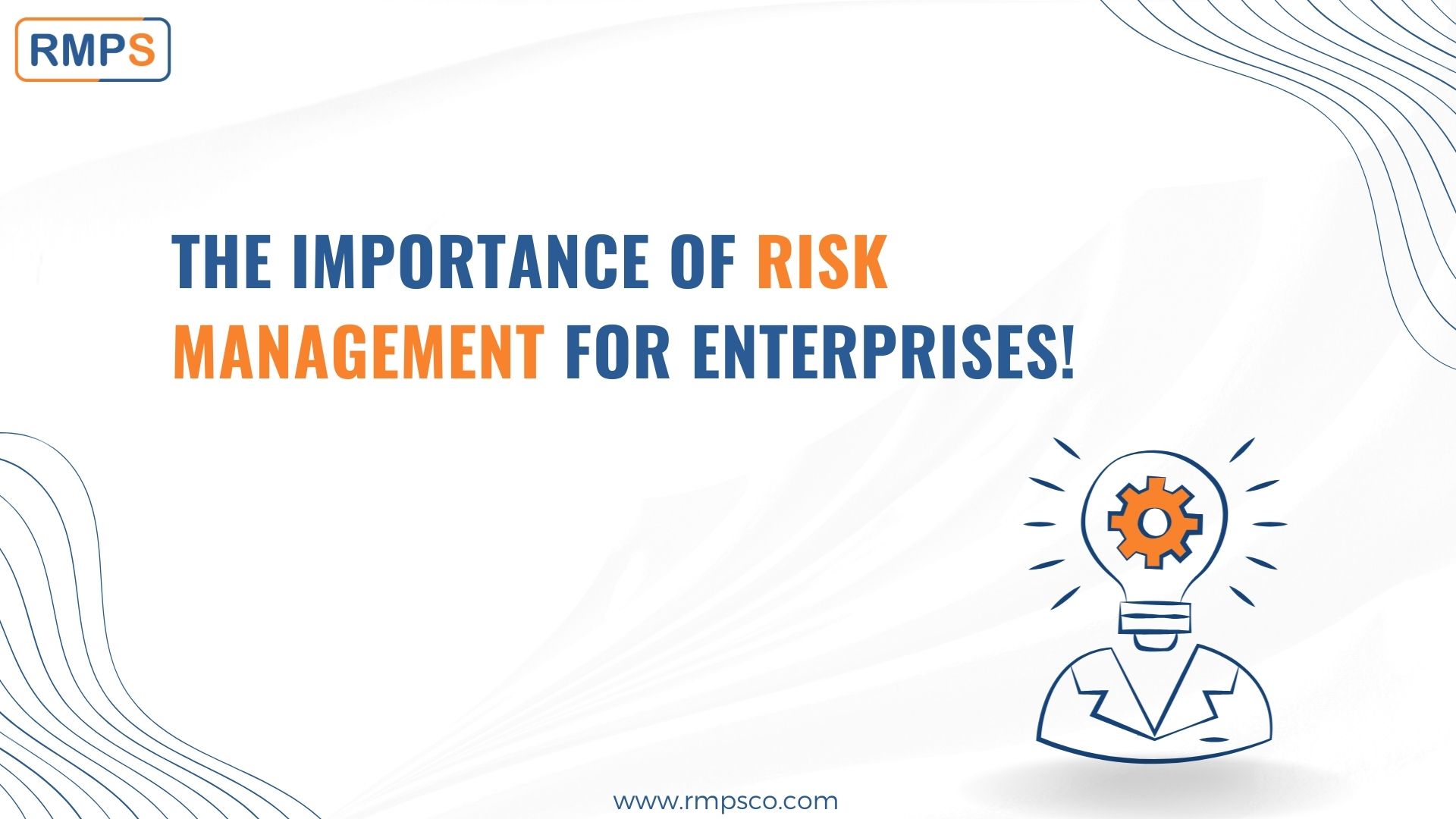Addressing the Hidden Risks: The Importance of Risk Management in Digital
Addressing the Hidden Risks: The Importance of Risk Management in Digital
Blog Article
Checking out the Significance of Risk Management for Effective Decision-Making Approaches
In the detailed globe of company, Risk Management emerges as an important element in the decision-making process. The capability to identify prospective dangers and opportunities, and plan as necessary, can mean the difference between success and failure.
Comprehending the Idea of Risk Management
Risk Management, a critical element in decision-making, is often misconstrued or oversimplified. Risk Management involves self-displined and structured techniques, using information and insightful analyses. From monetary unpredictabilities, legal obligations, strategic Management mistakes, to crashes and natural calamities, it deals with different risks - importance of risk management.
The Duty of Risk Management in Decision-Making Processes
In the world of strategic planning and organization procedures, Risk Management plays an integral function in decision-making procedures. It aids in determining possible risks and unpredictabilities that could impact the accomplishment of organization objectives. By tracing these risks, firms can develop strategies to mitigate their impact, ensuring business continuity and stability. Risk Management hence becomes a crucial tool in decision-making, assisting leaders to make enlightened selections based upon an extensive understanding of the dangers entailed. It urges a proactive technique, making it possible for companies to prepare and anticipate for possible future scenarios. This substantially decreases the chance of adverse effects, advertising extra reliable and reliable decision-making strategies. For that reason, Risk Management offers as a vital component in the decision-making processes of any type of company.

Just How Risk Management Boosts Strategic Preparation
In the context of calculated planning, Risk Management plays a crucial function. Launching with the recognition of prospective risks, it better reaches the application of Risk reduction actions. The role of Risk Management is not static however vibrant, as it requires continuous surveillance and adjusting of methods.
Identifying Prospective Risks

Applying Risk Reduction
Having actually developed the importance of determining prospective dangers, the next step is to check out Risk reduction. This procedure involves establishing and applying approaches to manage recognized risks effectively. It is a vital aspect of tactical planning as it enhances decision-making by minimizing potential unfavorable end results. Risk mitigation techniques can range from Risk evasion, Risk transfer, to run the risk of reduction. Each approach must be customized to the details Risk, considering its possible impact and the organization's Risk resistance. Additionally, effective Risk mitigation needs a deep understanding of the Risk landscape and the prospective effect of each Risk. This understanding makes it possible for companies to prioritize threats and allot sources efficiently, making sure that the most substantial dangers are dealt with first.
Tracking and Adjusting Methods
Though Risk reduction is an important action in calculated planning, constant monitoring and modification of these strategies is similarly important. This continuous procedure allows companies to recognize new threats and reassess existing ones, making sure the implemented techniques continue to be effective in the ever-changing service setting. It also supplies a possibility to assess the success of the Risk Management steps, this article enabling changes to be made where necessary, additional boosting strategic planning. Reliable monitoring and adjustment need using analytics and vital performance signs (KPIs) to determine performance. These tools supply beneficial data-driven insights that can inform calculated decision-making. Consequently, monitoring and adjusting Risk Management techniques is a crucial part for enhancing a company's durability and strategic planning.
Case Studies: Successful Risk Management and Decision-Making
In the world of organization and financing, successful Risk Management and decision-making typically offer as the pillars of flourishing business. These cases highlight the value of sharp Risk Management in decision-making processes. These situations underscore the important role of Risk Management in tactical decision-making.
Devices and Techniques for Efficient Risk Management
Browsing the elaborate puzzle of Risk Management calls for the right collection of devices and techniques. These devices, such as Risk registers and warmth maps, aid in determining and analyzing potential dangers. Strategies consist of both quantitative techniques, like level of sensitivity evaluation, and qualitative approaches, such as SWOT evaluation. These help in focusing on threats based upon their prospective influence and probability. Risk action approaches, a you can check here key part of Risk Management, include approving, staying clear of, transferring, or mitigating risks. Tracking and managing threats, via regular audits and reviews, make sure that the approaches stay reliable. With these techniques and tools, decision-makers can navigate the complex landscape of Risk Management, thus assisting in educated and effective decision-making.
Future Fads in Risk Management and Decision-Making Techniques
As we check out the large landscape of Risk Management, it ends up being apparent that the tools and techniques made use of today will certainly continue to evolve. Future trends aim in the direction of a boosted reliance on technology, with expert system and machine discovering playing considerable functions. These technologies will certainly allow organizations to forecast prospective risks with higher accuracy and make more enlightened decisions. In addition, there will certainly be a growing focus on durability, not simply in handling dangers but additionally in getting better from adverse scenarios. The principle of Risk society, where every member of an organization is aware and included in Risk Management, will certainly acquire extra importance. These fads declare an even more proactive and comprehensive method in the direction of Risk Management and decision-making.
Conclusion

Risk Management therefore ends up being an essential device in decision-making, aiding leaders to make enlightened choices based on an extensive understanding of the dangers involved. Risk mitigation methods can vary from Risk avoidance, Risk transfer, to risk decrease (importance of risk management). Reliable Risk reduction requires a deep understanding of the Risk landscape and the potential impact of each Risk. Risk action techniques, a key component of Risk Management, include approving, preventing, moving, or mitigating dangers. The concept of Risk culture, where every member of a company is aware and entailed in Risk Management, will certainly acquire more prominence
Report this page